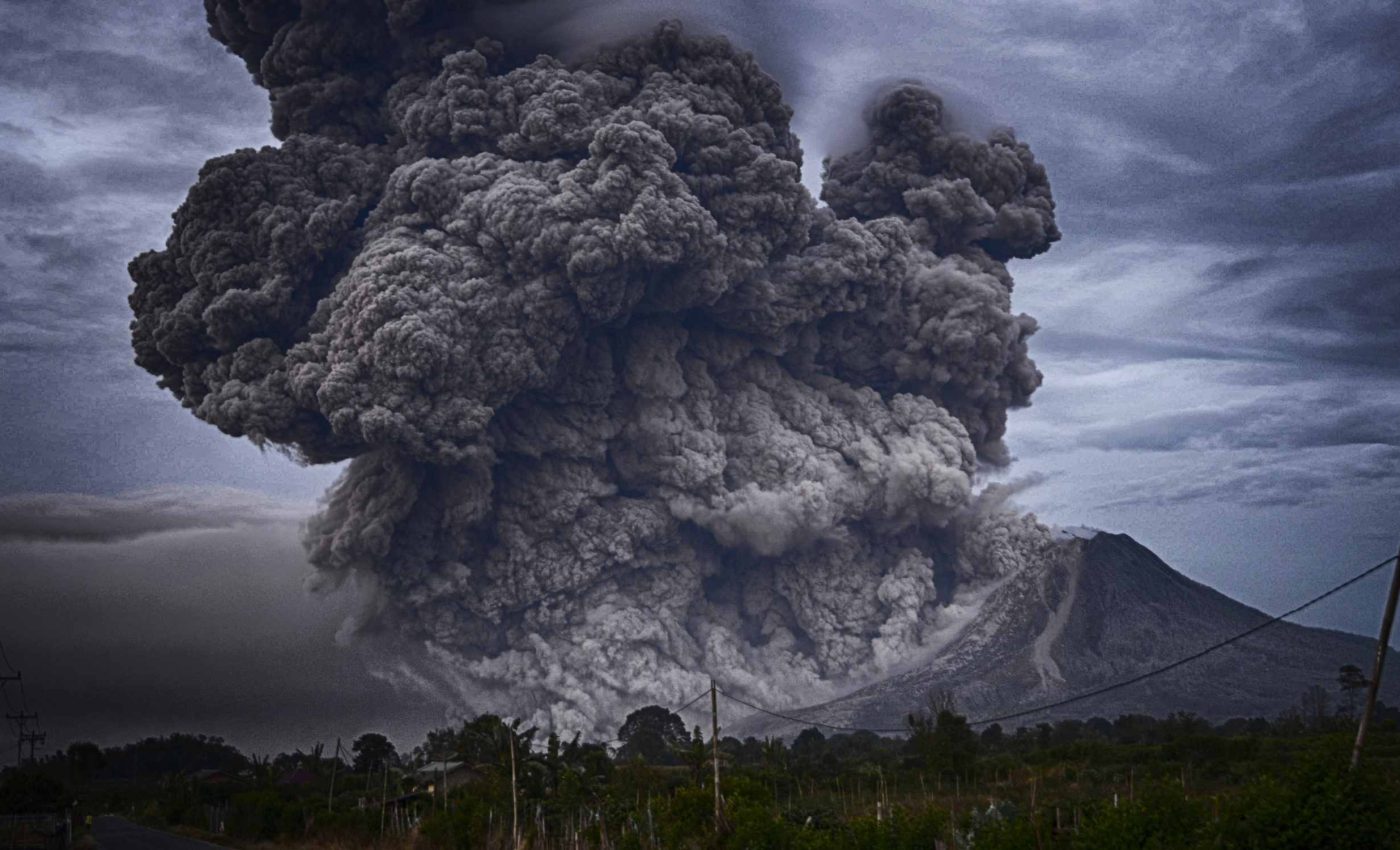
Volcano alert: The signal that could transform disaster prevention
Volcanoes can bring catastrophic consequences, and reliable warnings can make the difference between a close call and a tragedy.
A new study on Japan’s Ontake Volcano identifies a signal, in the form of a subtle change in earthquake waves, that could sharpen those warnings.
Researchers compared two eruptions of Ontake and focused on a detail in the waves that ripple through stressed rock.
The study was led by Professor Mike Kendall of the Department of Earth Sciences at the University of Oxford.
What the volcano signal shows
Scientists track a pattern in earthquake waves called shear-wave splitting, which appears when the same wave separates into a fast twin and a slow twin as it passes through cracked, stressed rock.
The effect is a form of seismic anisotropy, and changes in the timing of that effect have been documented around eruptions at different volcanoes for decades.
Because cracks tend to align with local stress, tracking the split and the direction of the fast wave shows how stress changes underground. That makes the signal a practical way to watch a volcano’s plumbing without digging a hole.
Mapping these changes does not replace other tools – it complements them. It can bring clarity when other signals are messy or missing.
Tale of two volcanic eruptions
Mount Ontake erupted on September 27, 2014, killing at least 58 hikers and marking Japan’s deadliest volcanic disaster since 1926. A smaller event in late March, 2007, produced far less impact and activity.
Steam driven blasts, known as a phreatic eruption, can start fast and with few surface clues, which explains why Ontake 2014 surprised so many people.
In the weeks leading up to 2014, seismologists detected small quakes beneath the summit, but other classic signs were muted. That context makes a clean, measurable stress signal especially valuable to public safety.
Volcano signals change
The Ontake team found that readings from 12 monitoring stations showed a sudden shift when the 2014 eruption began.
Small delays in the seismic waves nearly doubled, and the signal strength jumped from about 3 percent to 20 percent, with the main direction of stress in the rock also shifting.
These changes suggest that cracks in the volcano’s system of hot water and steam opened quickly as pressure built up, forcing the rock to break in new ways. Nothing similar showed up during the 2007 activity, which stayed mild.
The study also points out the big difference in eruption size: a very small event in 2007 compared with a much larger one in 2014, which matched the stronger seismic signal.
“The focal mechanisms of volcano-tectonic earthquakes changed drastically before and after the 2014 eruption,” said Professor Toshiko Terakawa of Nagoya University.
“Integrating data from shear-wave splitting and earthquake focal mechanisms could provide deeper insights into conditions required for an eruption to occur,” she added.
The analyses of focal mechanisms, which describe how faults move during quakes, added another layer of evidence.
Predicting eruptions saves lives
A parameter that jumps when stress crosses a threshold is the kind of signal that can build confidence. It is clear, it has a size, and it ties directly to physics in the rock.
“The records around two eruptions on Ontake volcano in Japan have been able to show that the method can not only show changes before eruptions, but that they can potentially help to predict the size of an eruption,” said Professor Martha Savage of Victoria University of Wellington (VUW).
Emergency managers care about false alarms because trust erodes when communities evacuate for nothing. A detectable change in how cracks line up can reduce risk by pointing to real shifts in pressure inside the volcano.
Local monitoring teams can add this volcano signal tool to networks that already track ground tilt, gas, and tremor. It slots into existing workflows and draws on the same earthquakes that many stations already record.
What comes next
Every volcano has its own structure and history, so thresholds will need local calibration. That work takes time, but it is a straightforward path that builds on current instrumentation.
Results from other volcanoes have shown that splitting can track stress through time, which sets the stage for operations that watch for sudden increases rather than subtle drifts. That change in approach can matter when decisions must be made quickly.
“We expect to see these effects at other volcanoes across the globe, not just at Ontake Volcano,” said Dr. Tom Kettlety of the University of Oxford. The team expects broader use beyond Ontake as more stations apply the method.
As with all warning tools, clarity begins with solid evidence and honest communication. Splitting, used alongside other lines of data, can help alerts land with the weight they deserve.
The study is published in Seismica.
—–
Like what you read? Subscribe to our newsletter for engaging articles, exclusive content, and the latest updates.
Check us out on EarthSnap, a free app brought to you by Eric Ralls and Earth.com.
—–












